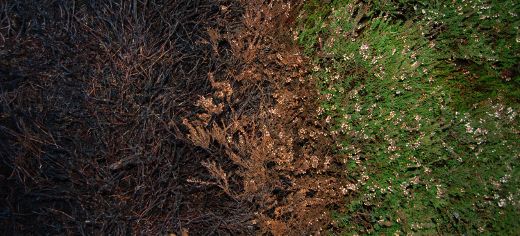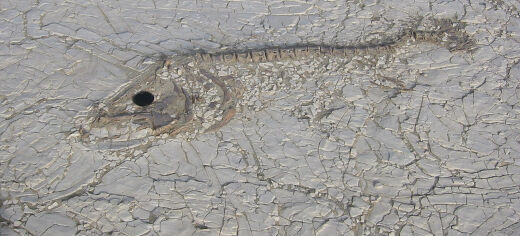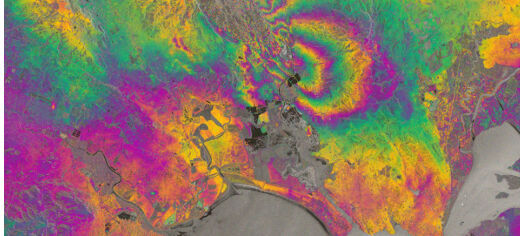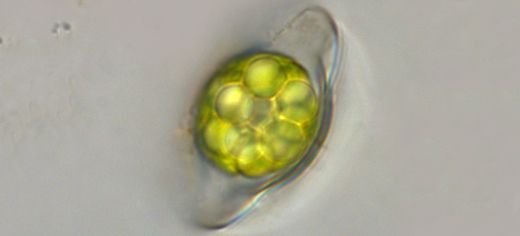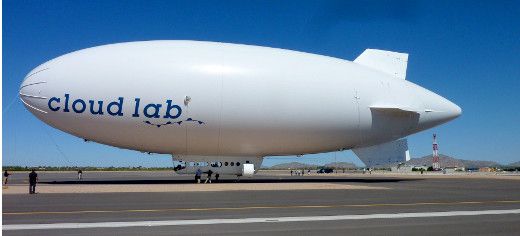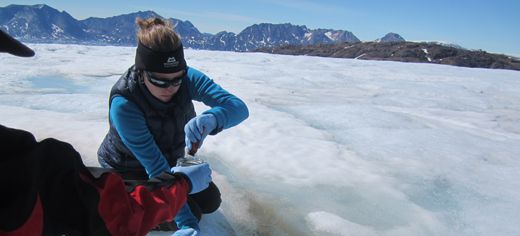
Scientists to debate the future of climate science and policy
The University of Leeds will host an event on Tuesday, 4 November to critically reflect on the key findings of a report on climate change that was recently published by a United Nations (UN) panel.

